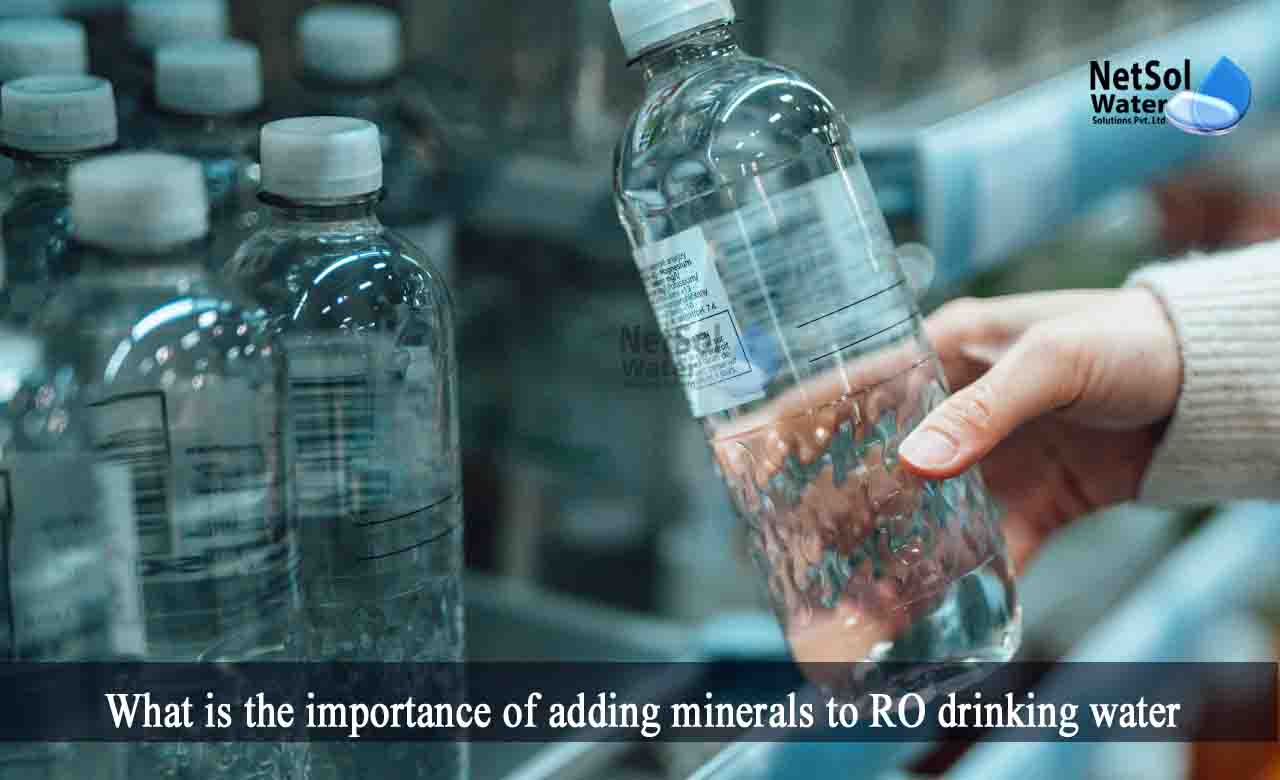
What is the importance of adding minerals to RO drinking water
Distilled water is also used in some systems and appliances where minerals would leave a residue behind, such as humidifiers. For distilled water to be also classed as purified, dissolved solids in the solution cannot exceed ten parts per million. Generally, adequately distilled water is purer than filtered, spring, or tap water.

How to Make Distilled Water 5 Easy Methods
Adding Minerals to Distilled Water is very EASY - How to Remineralize Reverse Osmosis too; Water Distillers: Easy to use, 20 Times Cheaper than Bottled Water!. Another thing to understand is that you can't just add minerals to RO water and expect it to be ready to be consumed the second you pour those minerals, it's not exactly coolaid

How To Make Distilled Water at home 💧💦 Homemade Distilled Water Distillation process YouTube
Advantages of Adding Minerals into Distilled Water Better Taste. Alkalized mineral-riched bottled water has a slightly higher pH and an appealing taste. On the other hand, a demineralized water with lack of mineral content will taste flat, flavorless, and simply unappealing to most. Hence, adding minerals back into distilled water will raise.

Essential Minerals Found in Drinking Water and Their Benefits AquaVita
Electrolyte formulas come in tablet, liquid or powder form, so they can be easily added to water. You may also use mineral supplements — simply crush them and mix them with distilled water or use effervescent tablets. The National Institutes of Health states that multivitamin/mineral supplements make it easier to meet your daily nutrient intake and prevent deficiencies.
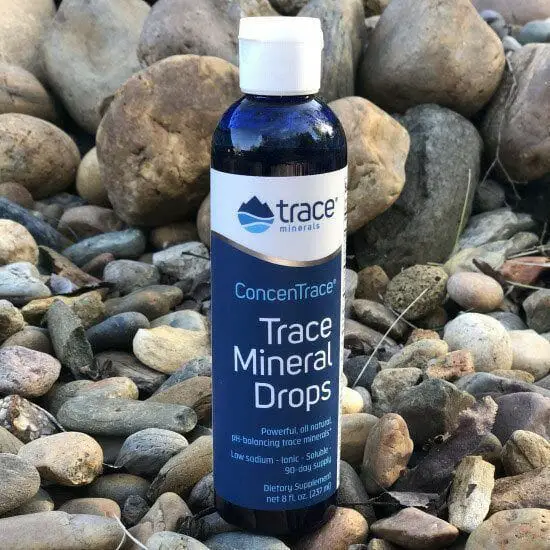
How to Remineralize Water in Easy Steps After Filtration
👍 Benefits of Adding Minerals to Distilled Water Improves Water Taste. If you're a fan of mineral-rich bottled water, you'll know that alkalized water with a high pH has an appealing taste. On the opposite end of the scale, demineralized water with a very low mineral content, or a complete lack of minerals, will taste flat, flavorless and unappealing.
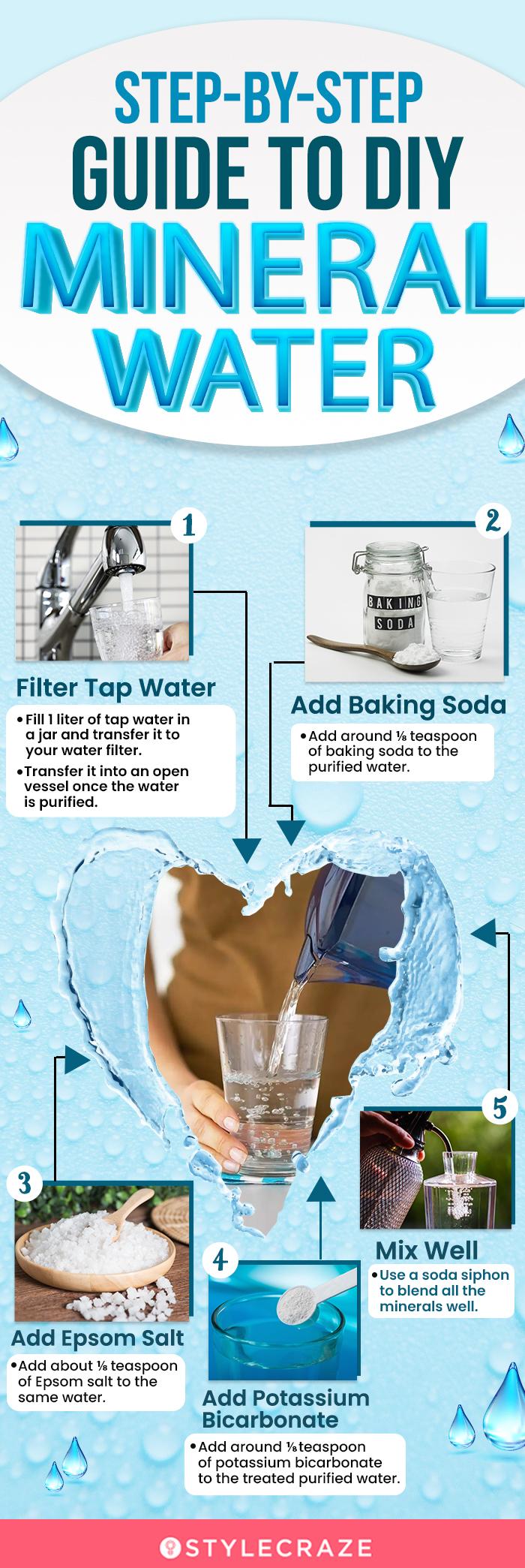
How To Make Mineral Water At Home?
They provide 70-80 vital minerals to the human body. You've got everything by adding the right amount of distilled water in the pitchers. The user manual always gives you the best advice. A common tip is to use a few drops for a regular bottle. Tablets are recommended for more water. Pros And Cons Of Distilled Water Pros. Contaminant free:
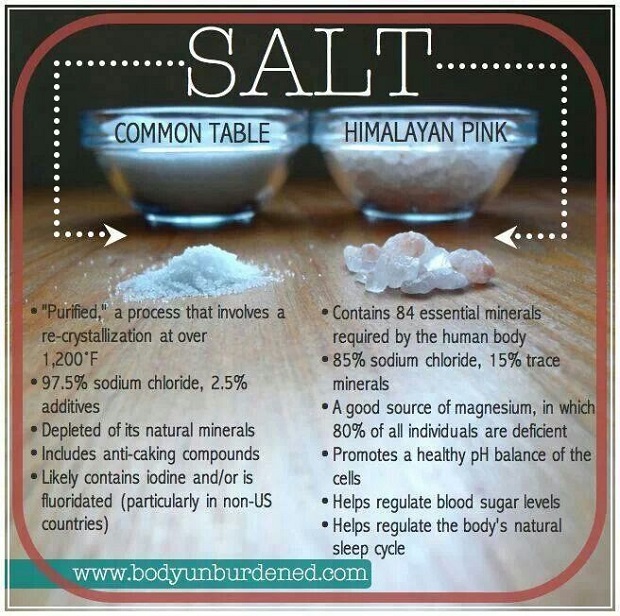
How To ReMineralize Water For Drinking Survivopedia
If you use distilled water for your fish tank, be sure to add a sea minerals supplement to the aquarium. Some coffee fans think that distilled water makes for a purer-tasting cup. But the.
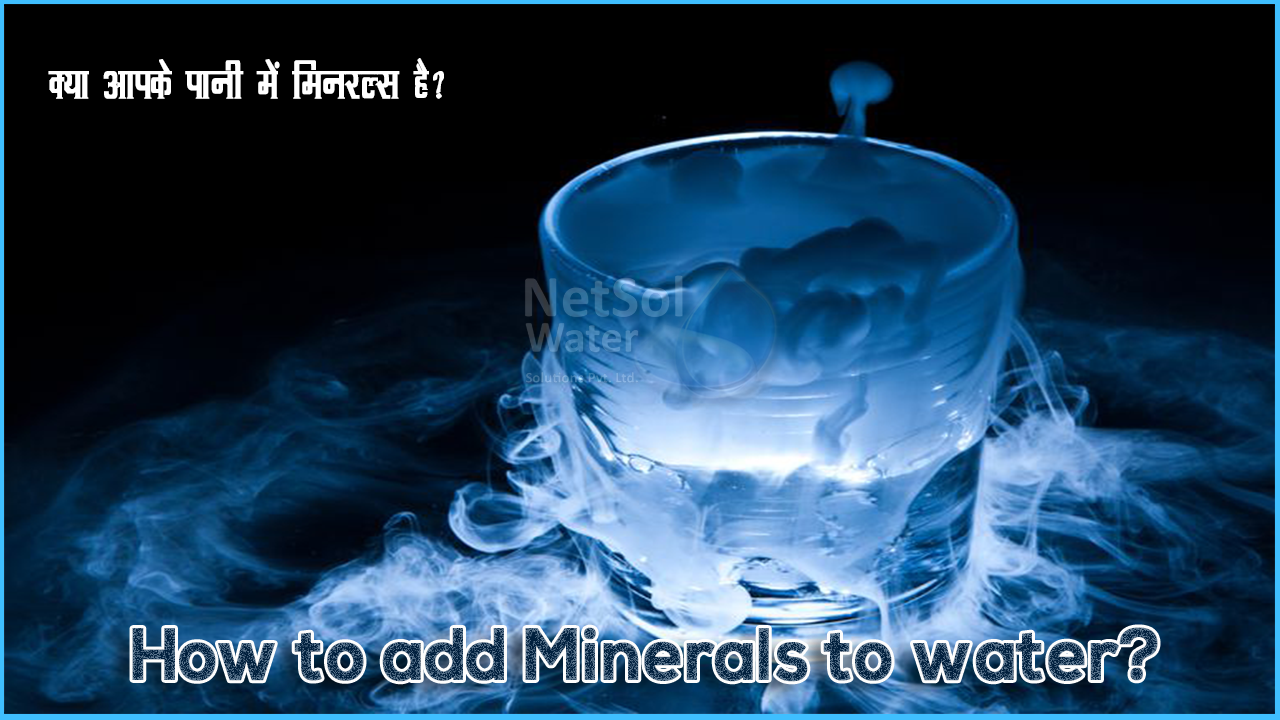
How to add minerals to water? 5 Portable ways
Adding minerals to distilled water is a simple process, and there are several options available. You can purchase mineral-infused distilled water, which is already pre-mixed with essential minerals, or you can add the minerals yourself using a mineral-infusion product. These products are available in liquid or powder form and can be added to.

Adding Minerals to Distilled Water is very EASY Water, Distilled water, Distillation
However, since distilled water doesn't have minerals like calcium and magnesium, it tastes bland and isn't the best for drinking.. First, place the large pot over a stovetop burner and add 8.
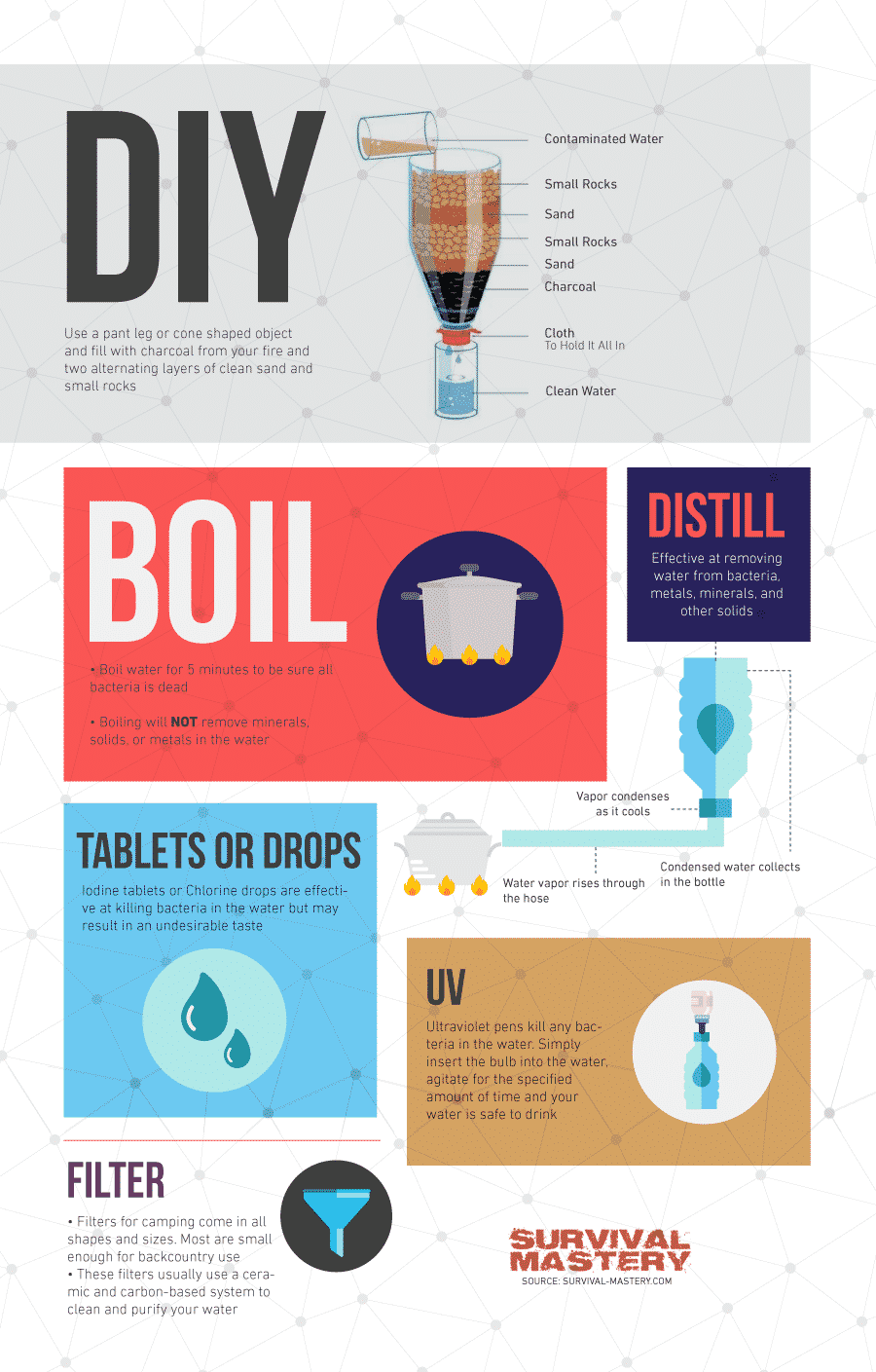
How to Make Distilled Water Tips And Trick to Get It on Demand
The minerals found in distilled water provide a range of benefits, from improving heart health and digestion to strengthening bones and teeth.. Adding minerals back into distilled water is often done to provide health benefits and improve the taste of the water. Common minerals that are added to distilled water include calcium, magnesium.
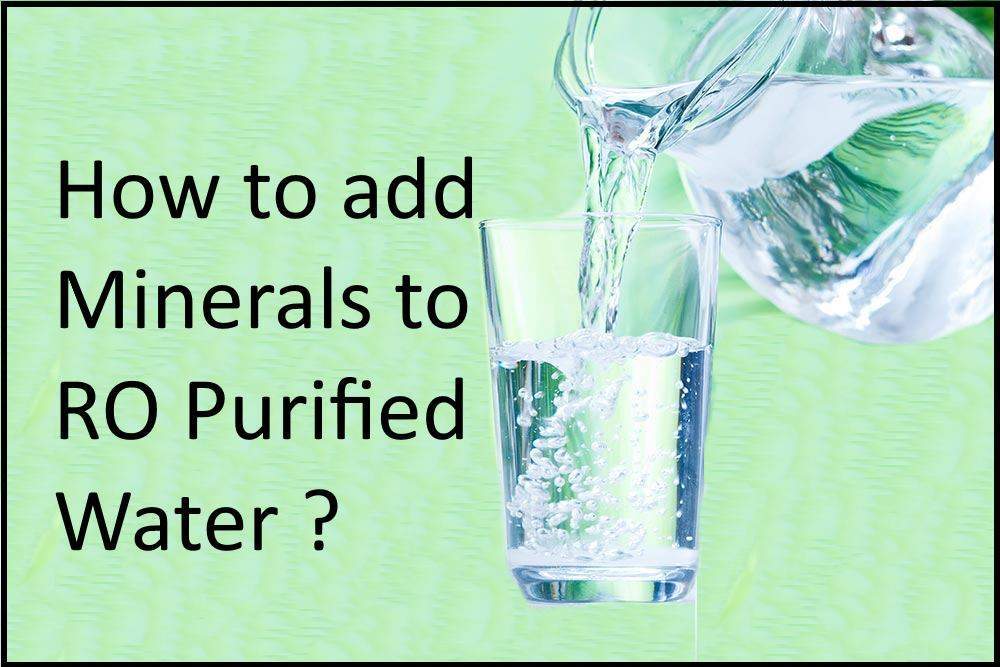
How to Add Minerals Back into Pure Reverse Osmosis (RO) Water
In Nature, pure water picks up minerals and other impurities and contaminants by flowing through soil and Rock. Although minerals in water are not necessary, those who would still like to get minerals for every glass of water can easily add minerals to the batch of distilled water (also works for Reverse Osmosis Water).
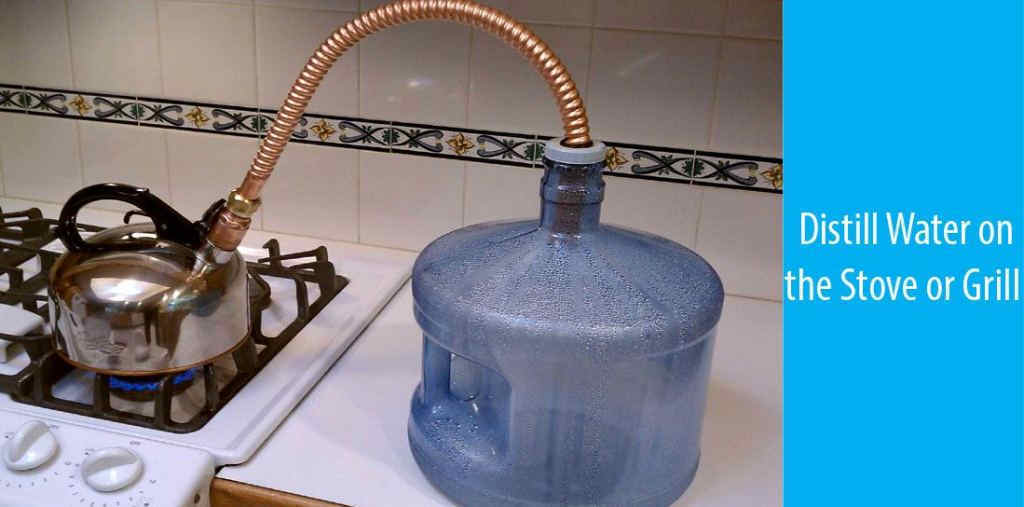
How To Get Distilled Water at Home Cool Experiment
Adding Minerals to Distilled Water is very EASY - How to Remineralize Reverse Osmosis too; Water Distillers: Easy to use, 20 Times Cheaper than Bottled Water!. People often ask how to add minerals to Reverse Osmosis Water after we explain to them how to add minerals to distilled water. The answer is the same. In fact, any kind of water.

Guide to Making Distilled Water Yourself Distilled water, Water purification system, Water
The water may take on a mineral-like taste, and some manufacturers recommend adding minerals into juice or flavored drinks instead to mask the taste. Mineral drops can be safely added into distilled water, purified water, or RO water (reverse osmosis water).
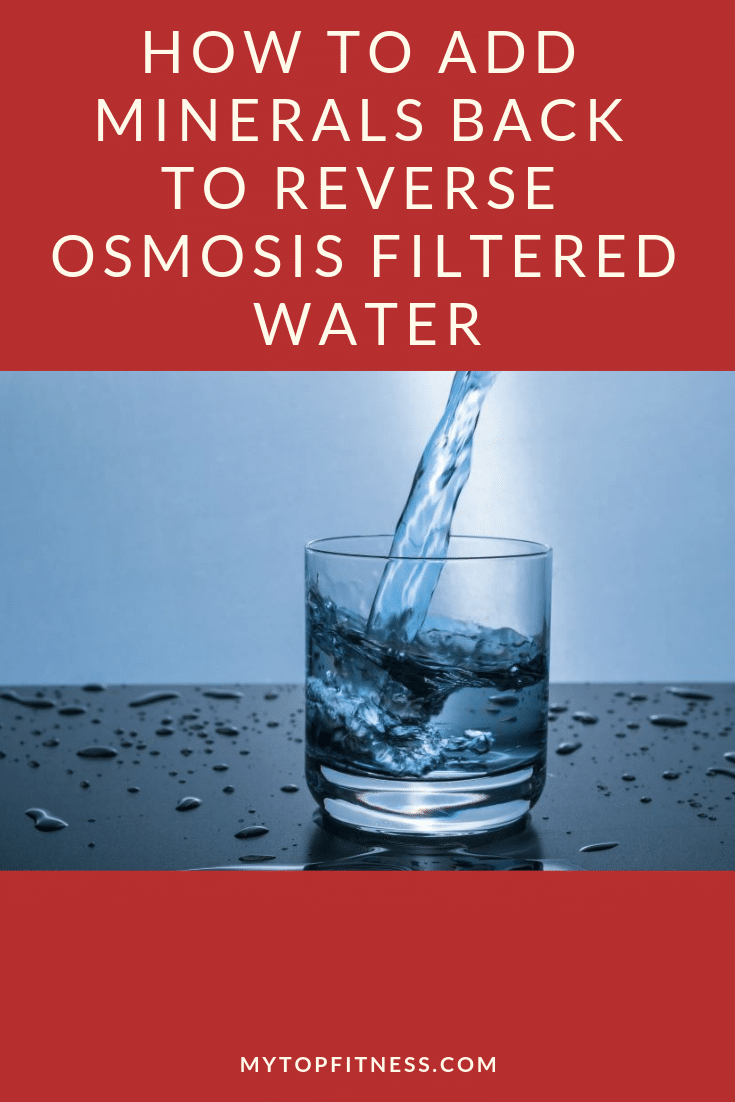
How to Add Minerals Back to Reverse Osmosis Filtered Water
To add minerals to distilled water, simply follow the instructions on the mineral drops or the water ionizer. It is important to add the minerals in the right amount to ensure optimal health benefits. In conclusion, adding minerals to distilled water is a simple and straightforward process that can be done in just a few steps. By following this.

Which Minerals Should You Add to Distilled Water Before Drinking?
What Are the Benefits of Adding Minerals to Distilled Water? Adding minerals to distilled water can provide a number of health benefits. Minerals are essential for the body to function properly, and distilled water does not contain any minerals. By adding minerals to distilled water, it can help to replenish the body's mineral stores.
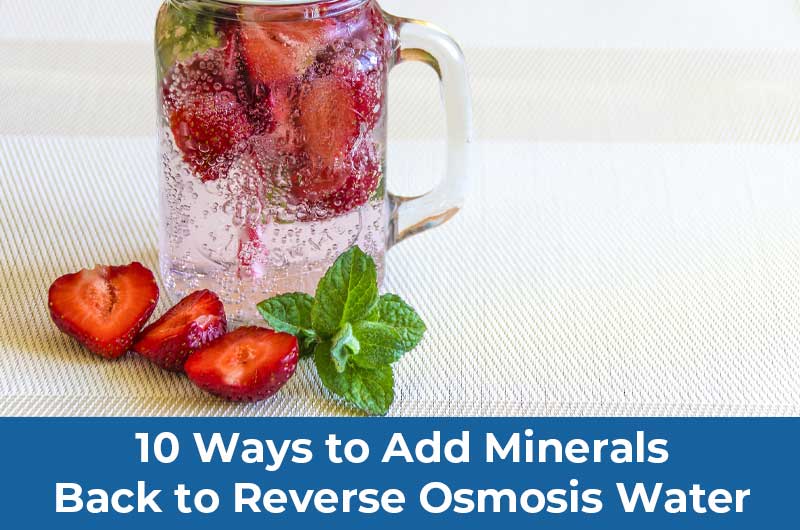
Rejuvenate Your Reverse Osmosis Water 10 Ways to Add Essential Minerals Back Into RO Water
Distilled water lacks these minerals, meaning that if you drink it exclusively, you might want to make sure you're taking a mineral supplement to make up for what you're missing.. Add 8 cups of water to the large pot and place it on the stovetop. Set the smaller container inside the larger one. It may float, depending on what it's made of.